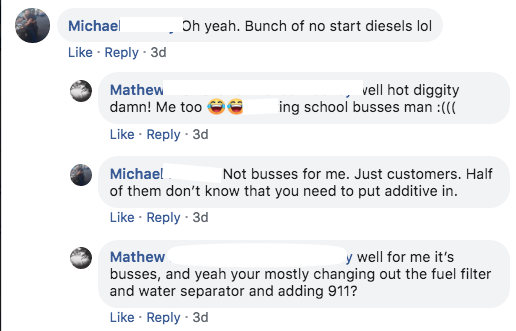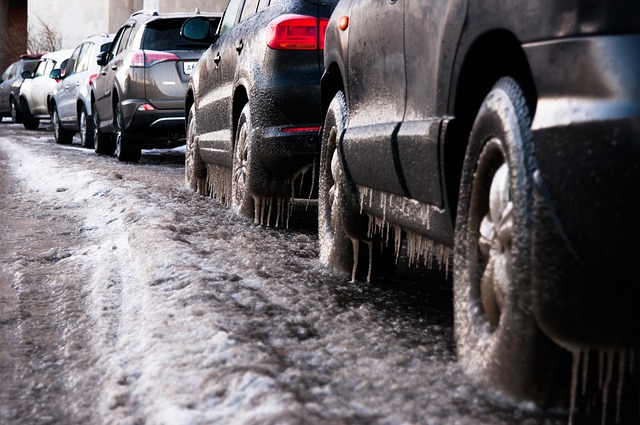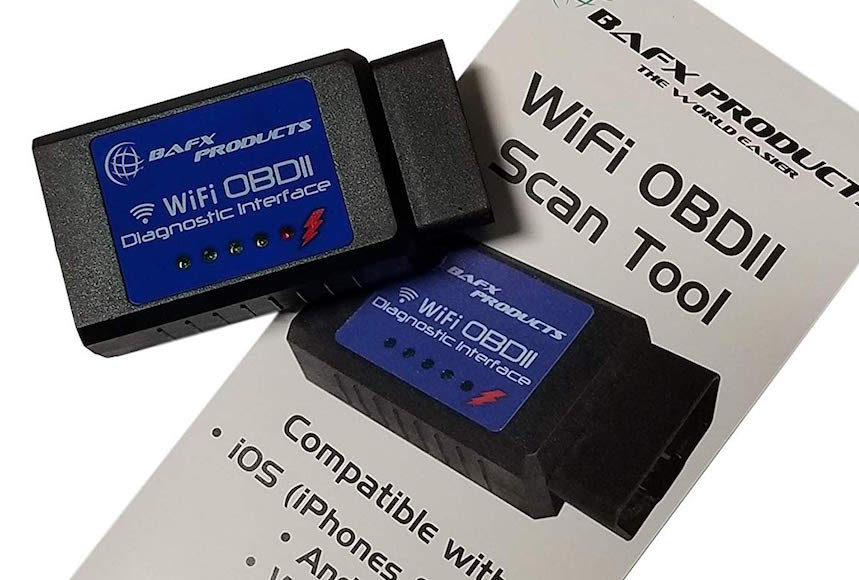Ok, so with the weather in parts of the United States and Canada easily dipping down into the -40 degrees Fahrenheit after wind chill you might be wondering what kind of weird problems this causes on cars. Well, you could say that it causes a lot of strange issues and a lot of problems that could have been avoided by proper maintenance.
I did a ton of research and asked a ton of professional mechanics to hear about all the problems they had seen caused, or exacerbated, by these super cold below freezing fronts passing through the states.
Read my post here on how to start your car safely in cold weather for a more in-depth discussion of the more common problems cars face with the extreme cold. This article is more focused on the stranger issues that don’t happen every day but seem to be almost entirely caused by the super cold weather.
As you will know if you have done much research the first components of a car to take a hit is the battery. Batteries are less efficient at performing the chemical reaction needed to produce power when they are at extremely cold temperatures. This leads to the common dreaded slow cranking or a not starting car when it is freezing outside and the last thing you want to be doing is trying to jump-start your car.
But what about the more bizarre problems caused by the extreme cold? What have mechanics been seeing roll into their shops over the last couple weeks of super cold weather across the US?
Table of Contents
Weird Car Problems Caused By The Extreme Cold:
-
Navigation Systems Problems
You may find your cars navigation system is slow to respond. Others have found that the previous page stays partially loaded and visible behind the current navigation page. If you are experiencing any of these problems and it happens to be super cold outside, there may be a pretty high chance your navigation screen will return to normal with normal temperatures.

-
Park Assist Not Working or Problems With Backup Cameras
Once again this problem is easily preventable and easily fixable. You simply need to thaw out the ice that is covering the sensors on the back of your car. They get covered in ice and snow, and cannot communicate properly with your cars computer system. If you are having trouble with your cars backup camera, parking brake, or park assist– remove all the ice and park your car indoors with the heat on to let it thaw out. Check again, and I bet it starts working again!

-
Batteries Testing Okay At Room Temperature Then Failing After Sitting Outside In The Cold
It can be hard for a mechanic to know if your battery is going to fail at -40 below because they just can’t recreate that environment in order to test the battery. So you get a lot of people who may be brought their battery to be tested before it got cold and the battery tested strong, but then during the cold snap, the batteries are suddenly failing the tests. It is a common problem mechanics run into and further reason to try to prevent your battery from getting cold at night.

-
Frozen IAC valves, PCV valves, and Installing Vented Oil Caps
Yes, on certain cars you may find the weird IAC valve that freezes and starts causing weird idling problems. Or a PCV valve that freezes shut and stops allowing the crankcase to bleed off pressure. Weird little sensors freezing can cause all kind of major problems including even blowing out the rear main seals on cars (the seal between transmission and engine) because the crankcase has built up pressure due to the frozen PCV valve.

-
VW Diesel Intercoolers Freezing Due to Cold Weather
The intercoolers in certain VW TDI’s may become full of ice due to being “too efficient” at cooling down the air. Volkswagen even has a “cold weather intercooler update,” which means this happens pretty often. If you have a VW TDI and it is having trouble starting in the cold weather, it might be worth checking your intercooler for ice. Let it thaw and leave the hose disconnected to allow the water to drain overnight.

-
Blown Rear Main Seals on Chevy Equinox & Shattered Oil Pump On GMC Sierra
Both of these are due to the cold weather causing weird problems. The rear main seal can blow out due to crankcase pressure having nowhere else to vent. This can happen for a number of reasons, but most times in the extreme cold it is because the PCV valve stops working (freezes shut). A blown rear main seal may cost upwards of $1,000 dollars to replace and all of that is pretty much labor charges. The engine or the transmission has to be dropped and reinstalled to access the rear main seal– an expensive repair if out of warranty!

-
Frozen Brake Fluid
Brake fluid is hygroscopic, meaning it absorbs moisture and water in the air. That is why brake fluid has a regular service interval, one that is often overlooked by drivers. If you don’t ever change your brake fluid and a cold snap happens, you bet your butt that brake fluid can freeze. All it takes is it having enough moisture content and cold enough weather. The fix? Replace your brake fluid at the interval in your service manual.
-
P0299 Or Turbo/Supercharger Underboost
The fix? Let it thaw overnight and clear the check engine code. Most times it is because of ice build up or sticky valves from the freezing cold. How to prevent it? Park your car indoors and let it warm up a bit before driving. This particular mechanic found this code on a 2017 Chevrolet Trax.

-
Power Steering Lines Bursting
This one is common across all makes and models. I don’t know what it is about power steering lines or the fluid, but the cold weather seems to cause lines to burst or start puking fluid. Many mechanics recount having to recently replace tons of power steering related items due to the extreme cold weather. How to prevent problems? Change the power steering fluid regularly and make sure you use a high-quality OEM power steering fluid. If you notice any power steering leaks get them fixed before the cold snap hits.
-
Gelled Diesel Fuel
This one is common with all cold weather. But mechanics are still amazed that many diesel car or truck owners are perplexed to learn that they need to add an additive to their fuel before these cold snaps happen. Sure, they make winter diesel, but sometimes it just isn’t enough. Once diesel gells you will need to replace your fuel filter, empty the water separator, and pray that the truck comes back to life after thawing out. Or just prevent it by using a good high-quality anti-gel additive before the cold weather hits.

-
Stuck EGR Valves on Diesel Busses
This one doesn’t make sense, but diesel mechanics swear it happens. EGR valves recirculate exhaust gas (hot) back into the combustion chamber to reduce emissions. If the valve becomes stuck, as they have in the extreme cold weather, then they can cause weird idling issues or check engine codes. It seems to be a common problem with diesel buses, so make sure if you drive a bus that your EGR valve isn’t sticking!
-
Goofy Check Engine Codes That Disappear After The Car Warms Up
This happens often a customer will bring his car in and state that they had a check engine code on, but it will have disappeared by the time the car gets into the shop. Or the codes will just disappear after the car warms up in the shop before the mechanic can get to it. Cold weather does weird things to electronics and batteries, and it can definitely cause the computer of your car to think there is a problem when really some part just needs to warm up or unfreeze itself. That is why the best thing you can do is to keep your car protected from the wind and the snow as best as possible. Even just parking it so the engine bay does not face into the wind can help protect it from the extreme cold weather.
-
Slow Transmission Shifting
Automatic transmissions shift based on the pressure inside the transmission. This pressure is caused by the transmission fluid moving through passages in the transmission. Well, since transmissions and the ATF fluid weren’t really designed to work optimally at -40 degrees Fahrenheit you may have some weird shifting problems on a cold start drive. That is why I really recommend driving your car very gently in the extreme cold at least until it comes to operating temperature. But just know if you suddenly feel weird shifting and it happens to be during a cold snap, it may very well go away once the transmission warms up.
-
Overheating Cars
This is a weird one. But once you understand why it happens it makes a ton of sense. The radiator on a car is responsible for keeping the car at operating temperature. It is like a huge heat sink at the front of the car, and it is placed at the front so that fresh air moving past the car can cool the radiator. Well if there is a ton of snow blocking all the passages for air to reach the radiator under the hood of your car then the radiator cannot do its job. If your car is suddenly overheating make sure to check that the front hood area is not packed with ice and snow. Simply let the car thaw out if this is the case and then try again after all the ice and snow has been removed.
Conclusions:
Extreme weather makes for weird problems on cars. Especially if you haven’t kept up on your routine maintenance.
My biggest tips are to find a mechanic you trust who knows how to winterize your vehicle and have them teach you what to do. If you drive a diesel to make sure to add enough additive to the fuel before the cold snap comes. If you just drive a gas car to remember to make sure it has a strong battery and the correct winter oil.
Also, be ready for weird check engine codes or TPMS lights that may be triggered by the cold. As always do a visual inspection before driving and make sure all the ice and snow is gone from every crevice on your car. Especially remove ice and snow from the radiator, your car’s rims and tires, and any steering or suspension parts.








